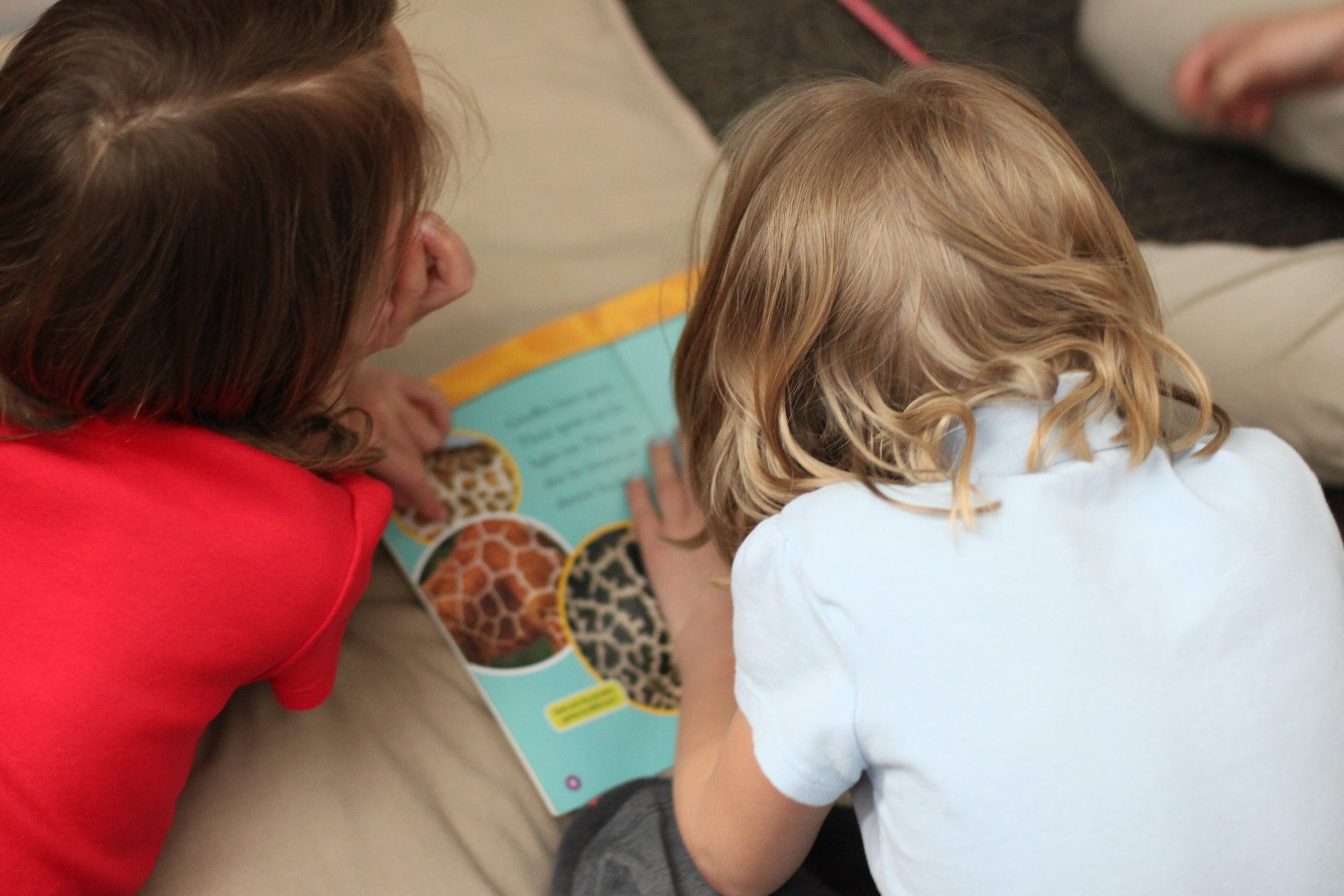Multimedia Research Rotations in the Elementary Classroom
In our current science unit, my first graders are learning about habitats such as desert, rain forest, arctic tundra, and savanna. They are studying locations of these habitats, how these habitats are unique, and what animals inhabit them. I decided this was the perfect unit for multimedia research in a centers-based format. I separated my class into three groups (and named them herbivores, omnivores, and carnivores - vocab reinforcement!) and had them participate in three eight-minute long rotations. Before starting, I used Google Slides to create a quick map of my classroom to explain the logistics of simultaneous rotations to my kids.
Text Research
At this rotation, students partner-read leveled non-fiction books from my classroom library and the public library. I pulled about 4-6 texts per group of eight students, so they could trade with other partners once they finished.
Video Research
I pulled up a few short video segments from BBC's Planet Earth series. Students were entranced by the gorgeous cinematography. Sometimes I supplemented with one of our favorite Youtube channels, SciShow Kids.
Virtual "Field" Research
At this center, students took turns looking up, down, and all around the habitat of the dayvirtually. Each got about one minute to explore using my own personal device inside a headset. All I needed to do to prepare was a quick browse of the Google Street View app.
Online Database Research
This was combined with the Virtual Reality rotation. Since I only used one headset, I needed the rest of the group to be engaged while waiting their turn. My students know how to navigate the amazingly easy-to-use PebbleGo online database on our iPads. It was created by the publisher of Pebble Books, which puts out emergent non-fiction leveled texts aimed at grades K-2.
Students got to do all three rotations each day, and when they were over, everyone recorded what they had learned in a packet. I prefer rotations to doing each of these three learning activities whole-group because it keeps the pace moving and helps break up the science block. Additionally, I only needed to track down a handful of texts and I only have six iPads in my room, so this model makes it possible to share fewer resources across a whole class. My goal was to build engagement and use a variety of media tools to make research fun and authentic.




